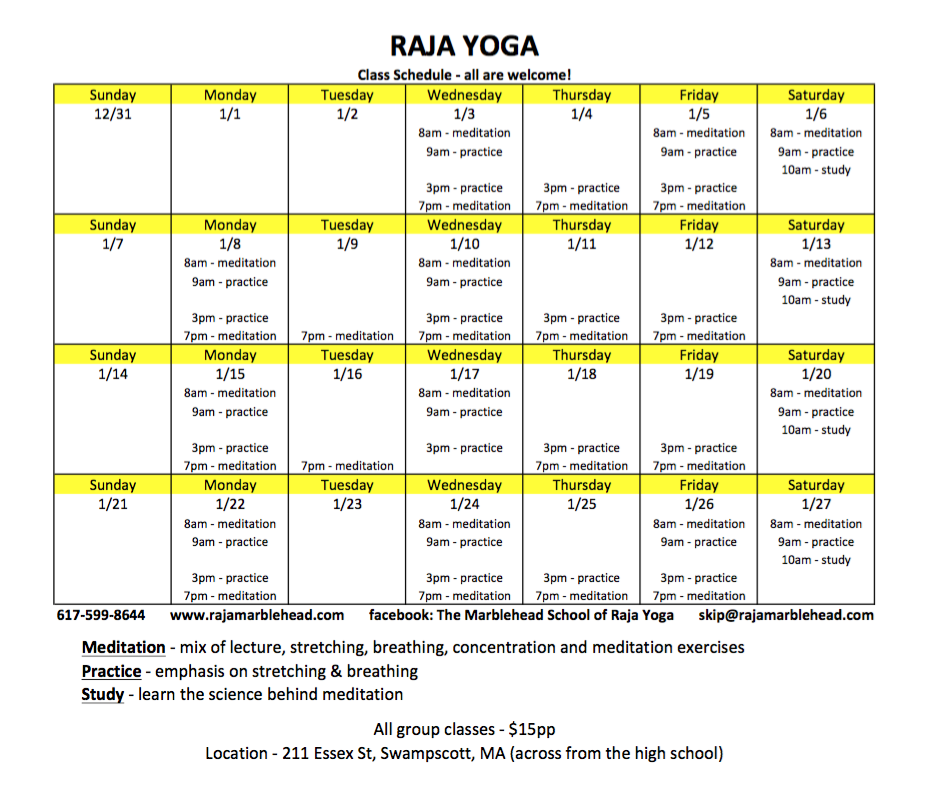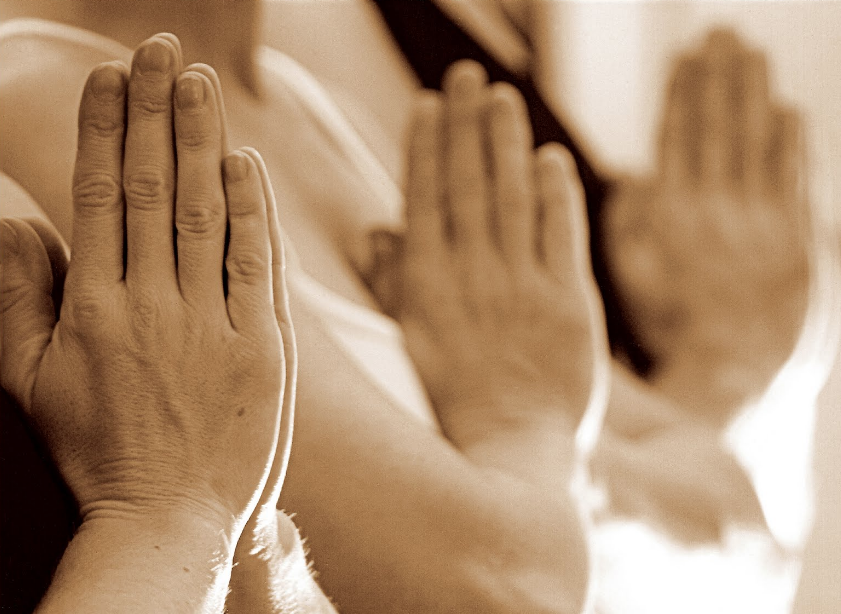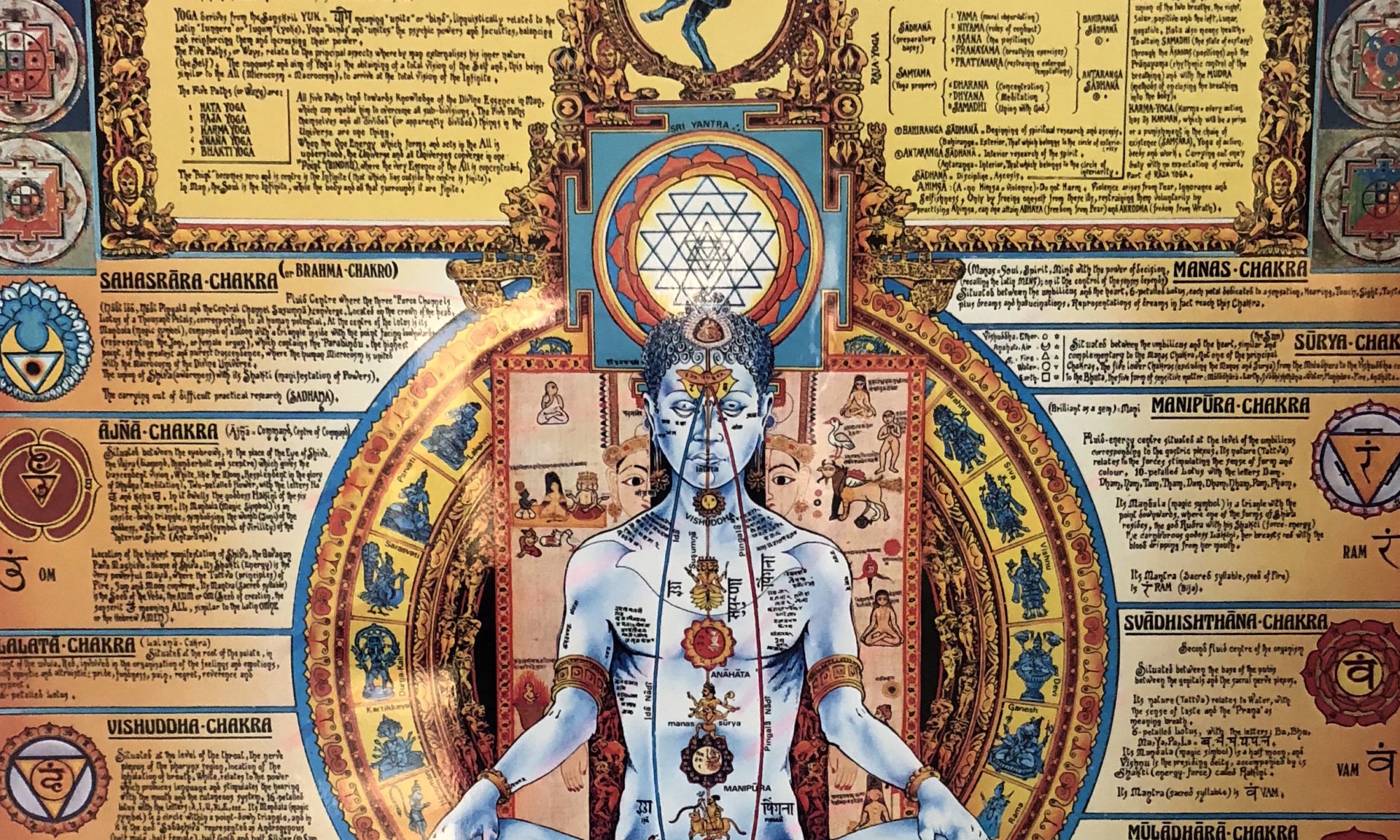I’ve battled three demons since I was 15. Here’s a clue: the third one isn’t rock ‘n roll, though in hindsight, perhaps my parents should have let me go to Woodstock with my friends (I was 12)!
Habits
As long as I can remember, my life has been a series of various obsessions – driven by some intangible deep-rooted need or desire. As a kid they were arguably age-appropriate, but one thing about obsessions or habits (consequences of time + ability + desire) is they are very difficult to break – some more so than others.
Trust me, you don’t want to wrestle with 45 year-old habits.
Here’s another thing about habits: like antibiotics, the more we rely on them, the less effective they become, further fueling our misery. So we double down, move on – or both – until we can’t.
Dancing with the Devil
Borrowing an expression from my Pentecostal friends, we dance with the Devil until our behavior catches up with us and we hit our personal bottom (where unfortunately things get truly ugly) and we essentially give up and turn to God…
-OR-
…if we’re particularly pigheaded, we keep searching for some THING (or some one) new to provide more than just temporary relief.
Ironically, sooner or later the cycle of karma – the cumulative consequences of our behavior over time – catches up with us and we end up in the same place – just more battle weary: desperate and ready to “try God”, whatever that means to you.
Me personally…..
The pigheaded addict in me, fueled by an enormous ego, kept upping the ante and doubling down over the years.
What’s the theoretical extension of how that plays out? Right: I’m either dead or I find the ultimate high.
Ironically, guess where you’ll find the most powerful high in the universe? Right. So meditate! Try to “touch God” for yourself!
Never give up….
If you never stop trying, you’ll eventually find your way there. This practice has survived since prehistoric times for a reason. 😉
Although Patanjali’s science of mind control or meditation is simple it’s not easy. It takes practice, practice, practice.
Unfortunately, It’s not possible to get it by reading about someone else’s experiences. You have to get there yourself. YOU HAVE TO DO THE WORK!
How?
Thankfully, several millennia ago someone named Patanjali left mankind a 200-line poem, outlining a practice to literally prove (to yourself) THE EXISTENCE OF GOD!
The bottom line – so you know what to look for – is that the awareness OF your thoughts is as distinct from your thoughts as they are from your body.
Mic drop.
Re-read that. Again. The awareness OF your thoughts is DIFFERENT THAN YOUR THOUGHTS!
Patanjali’s science of Raja Yoga is based on the understanding that unlike EVERYTHING else, our consciousness or awareness isn’t subject to time and space. As Amma says, it’s essentially divine.
THAT realization…
…..that part of YOU isn’t subject to time and space – i.e., is not “of-this-world”?!….that you DO have a soul?!… wtf?!
THAT realization trumps desire and sets you free. Until then meditation is an invaluable FREE resource to add to your arsenal in your struggle with whatever temporal demons distract you from living to your full potential!
Meditate. IT’s what’s good for you!
Public service announcement: if Patanjali’s practice of seated meditation is like trying to TOUCH God, the more recent Chinese practice of medical Qigong (think Tai Chi) is akin to trying to DANCE with God. After all, they had a couple more millennia to work on it! Stay tuned! <3
Hugs & love, Allan















